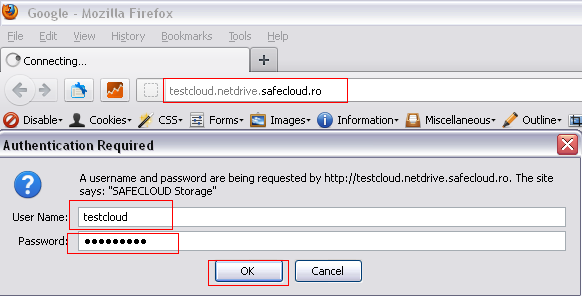

Bear in mind that this also includes directories, which function as modified files. In the simplest of definitions, it’s a catalog that contains records for each file in the file system. The Catalog File is one of the important B-trees in HFS+. This file exists in a normal file, not in a reserved spaced on the drive. You can find information about which allocation blocks are used, and which ones are free, with each block represented using a binary 1 or 0, based on whether the block is in use. This is where the file system tracks all the detailed information and usage statistics of each allocation block. The Allocation File in HFS+ contains information about the nearly 4.3 million allocation blocks in the file system. In addition, the information for locating all the metadata files in the file system is stored in the volume header. This includes the file system attributes that define the version of the file system and the size of each allocation block used. The Volume Header contains important information about the file system itself.

These components are, in no particular order: ▪ The HFS+ file system is comprised of 6 major components that are used to track how blocks are assigned to the disk, the file system attributes, all metadata for the file system, and the transaction log for the journaling function.


 0 kommentar(er)
0 kommentar(er)
